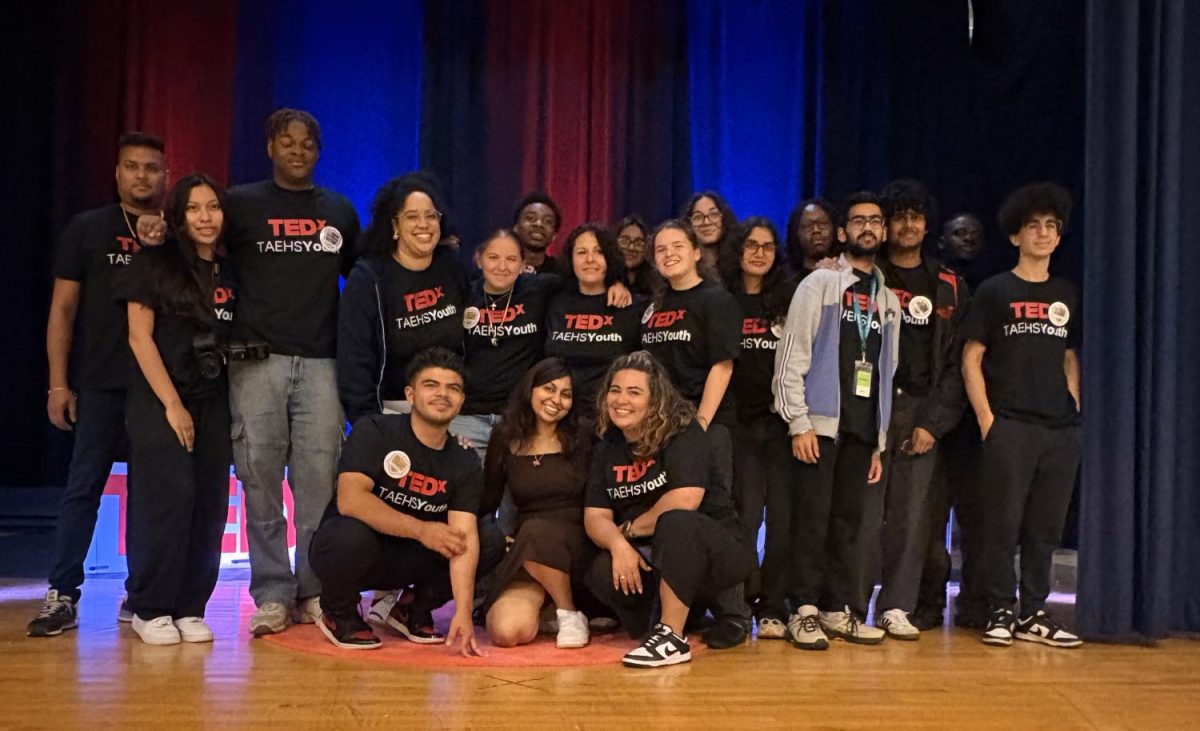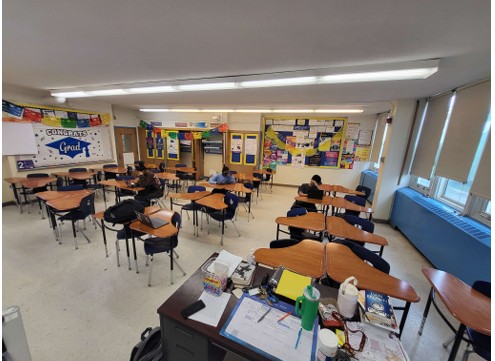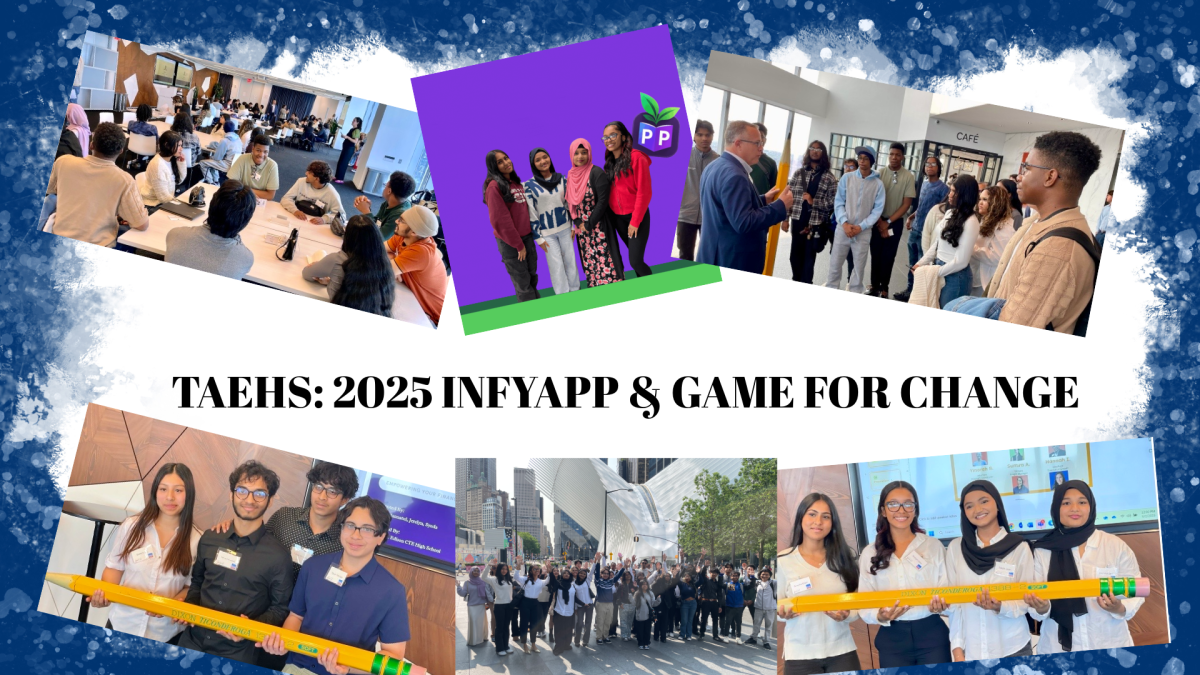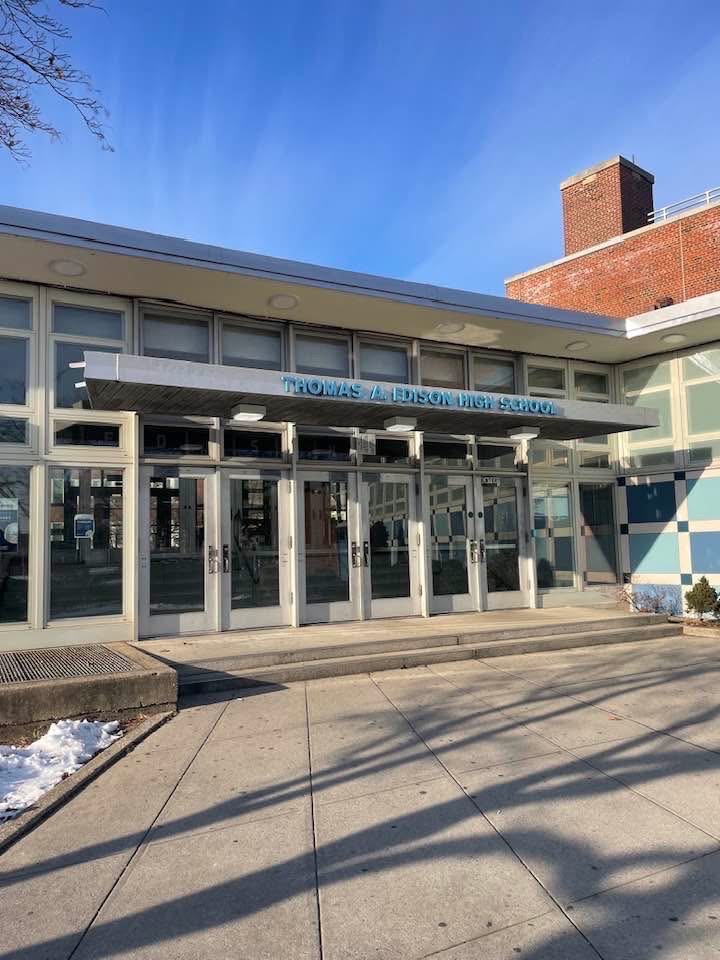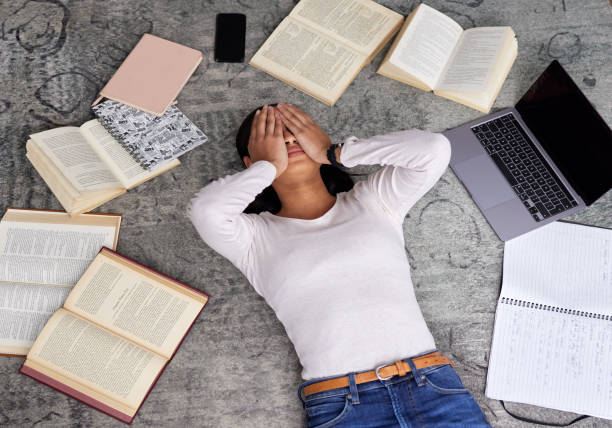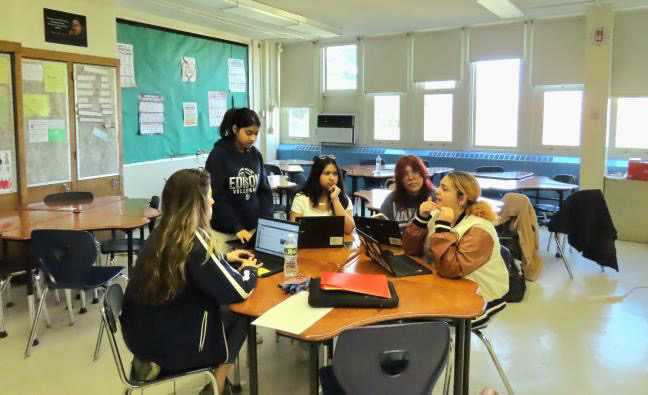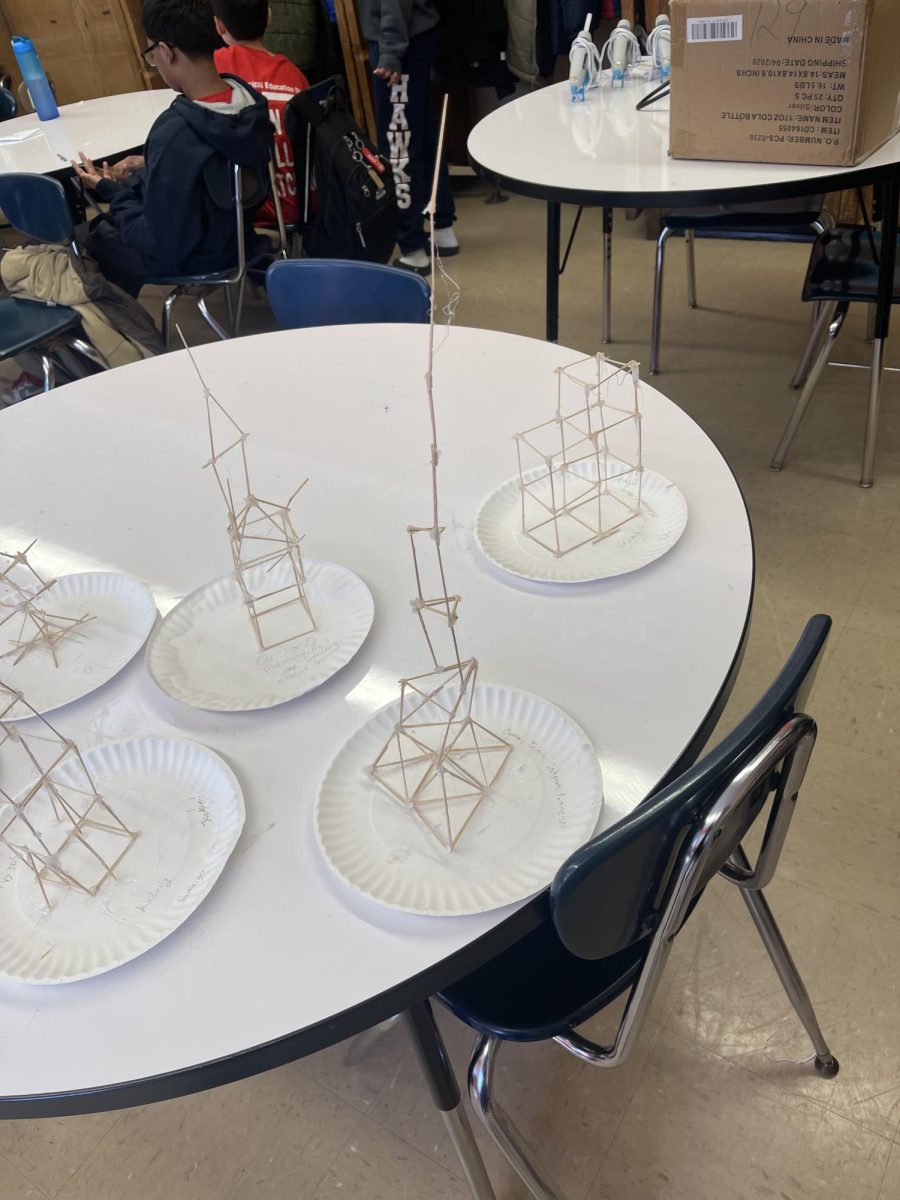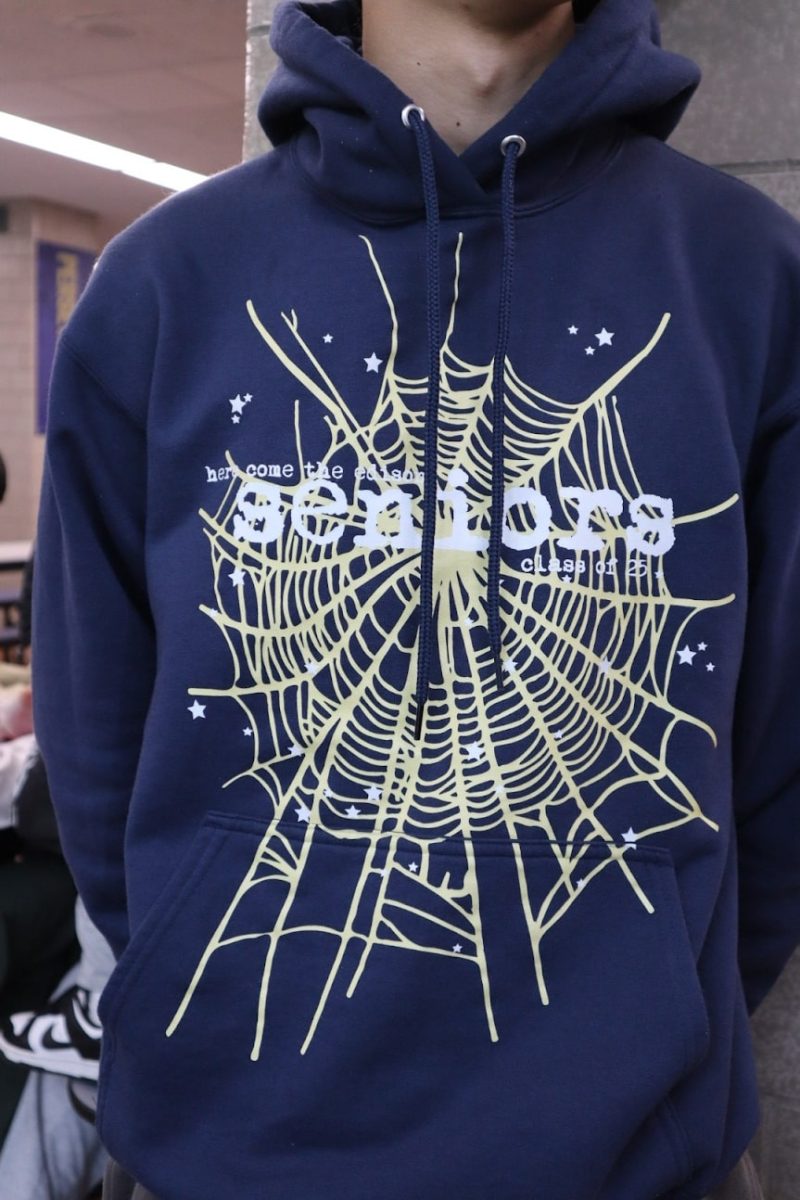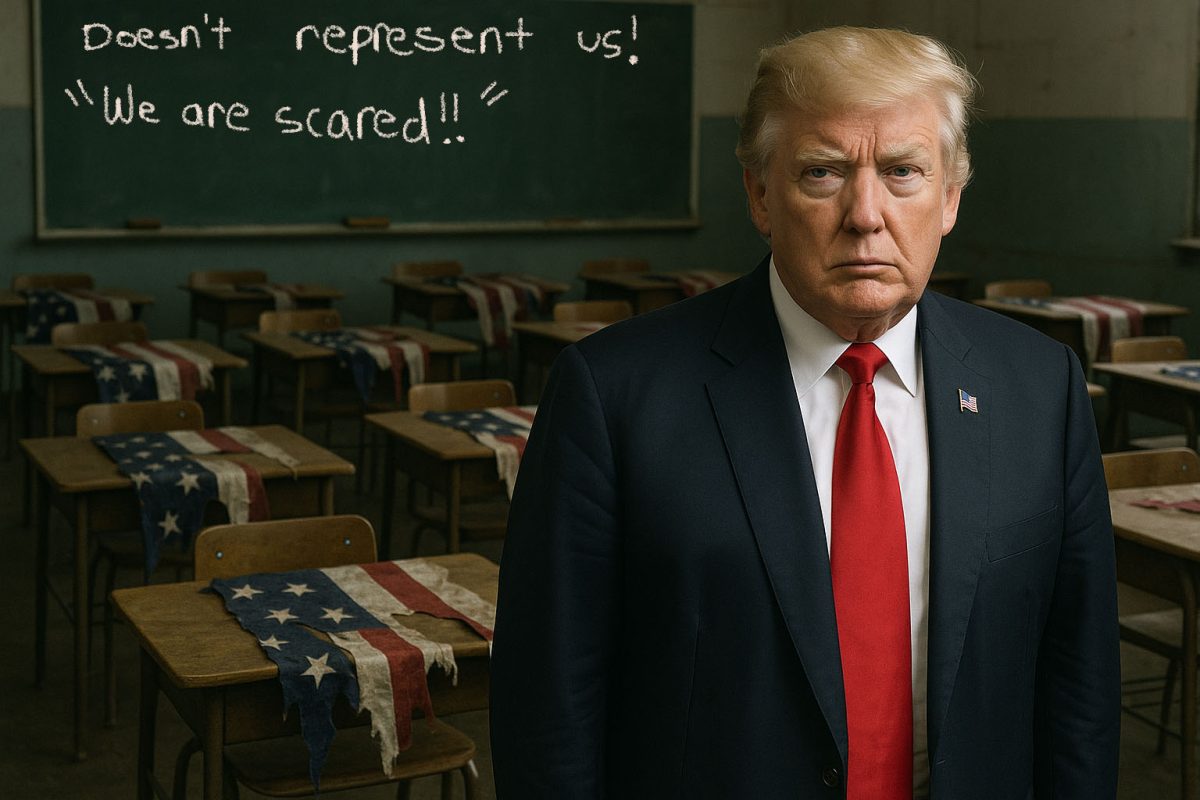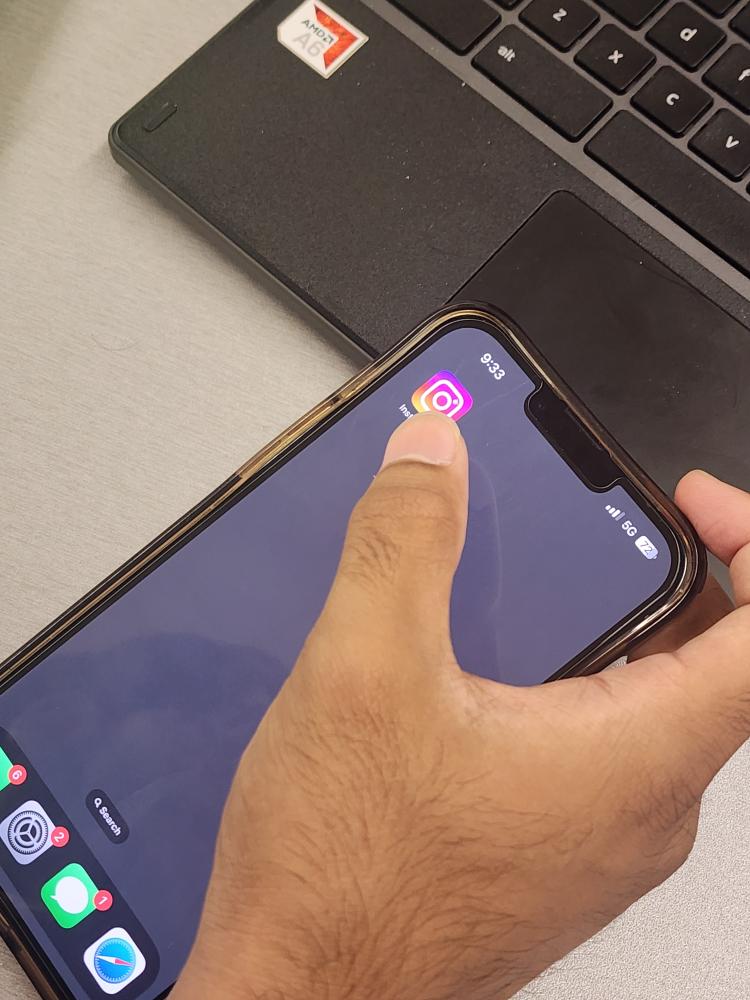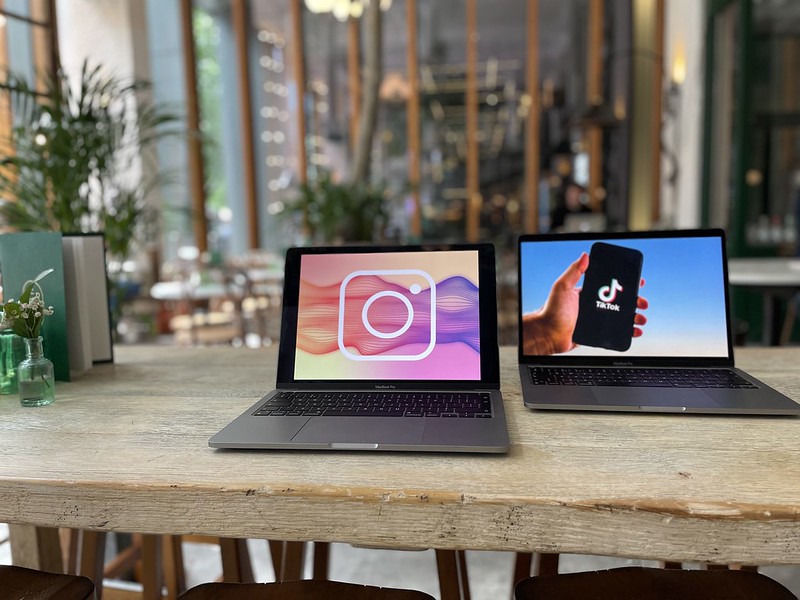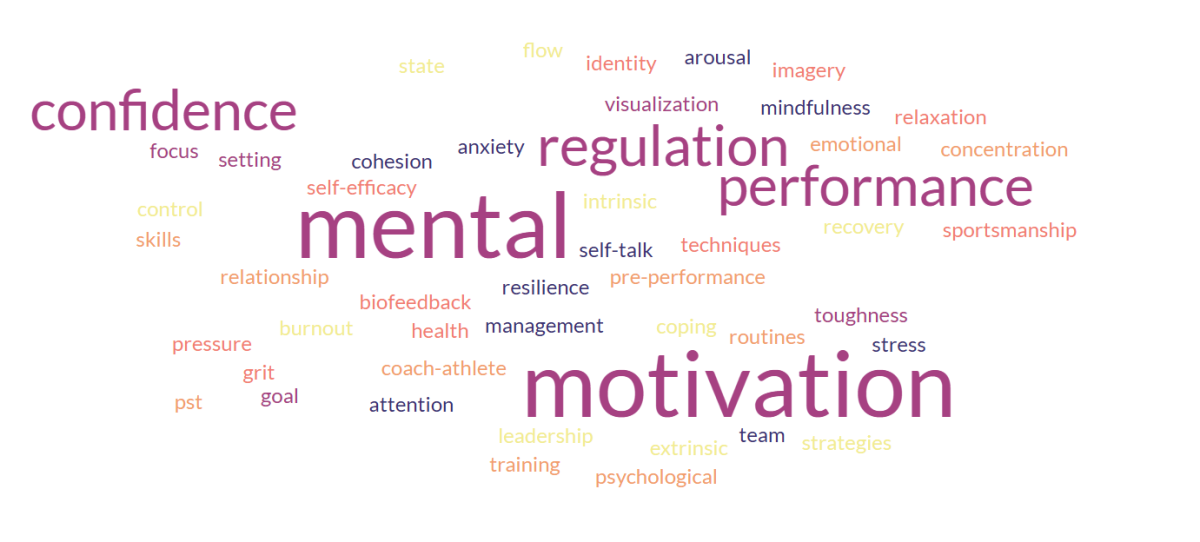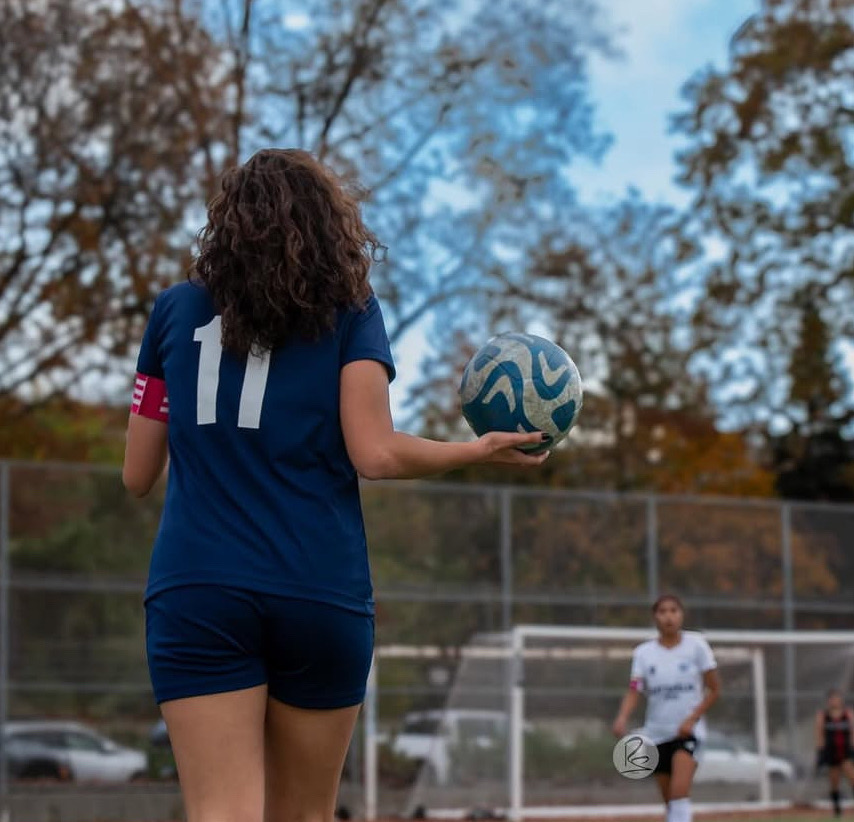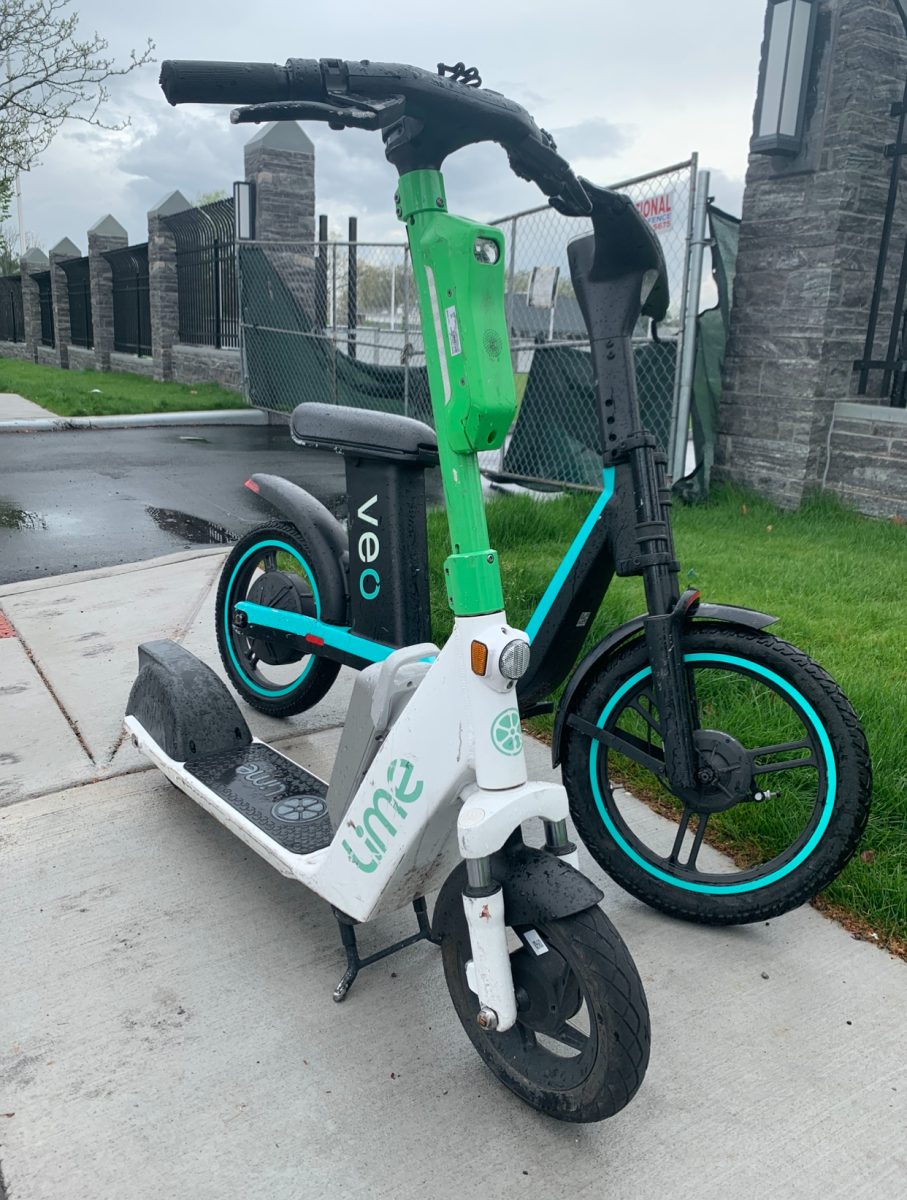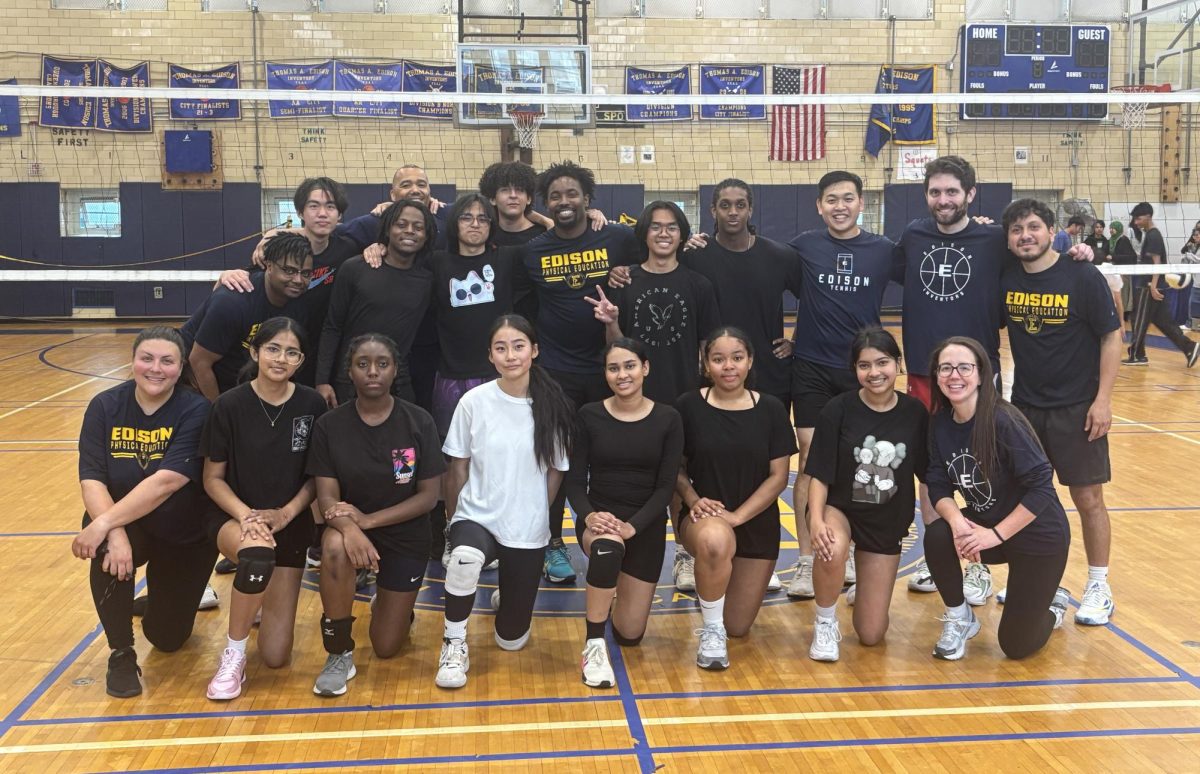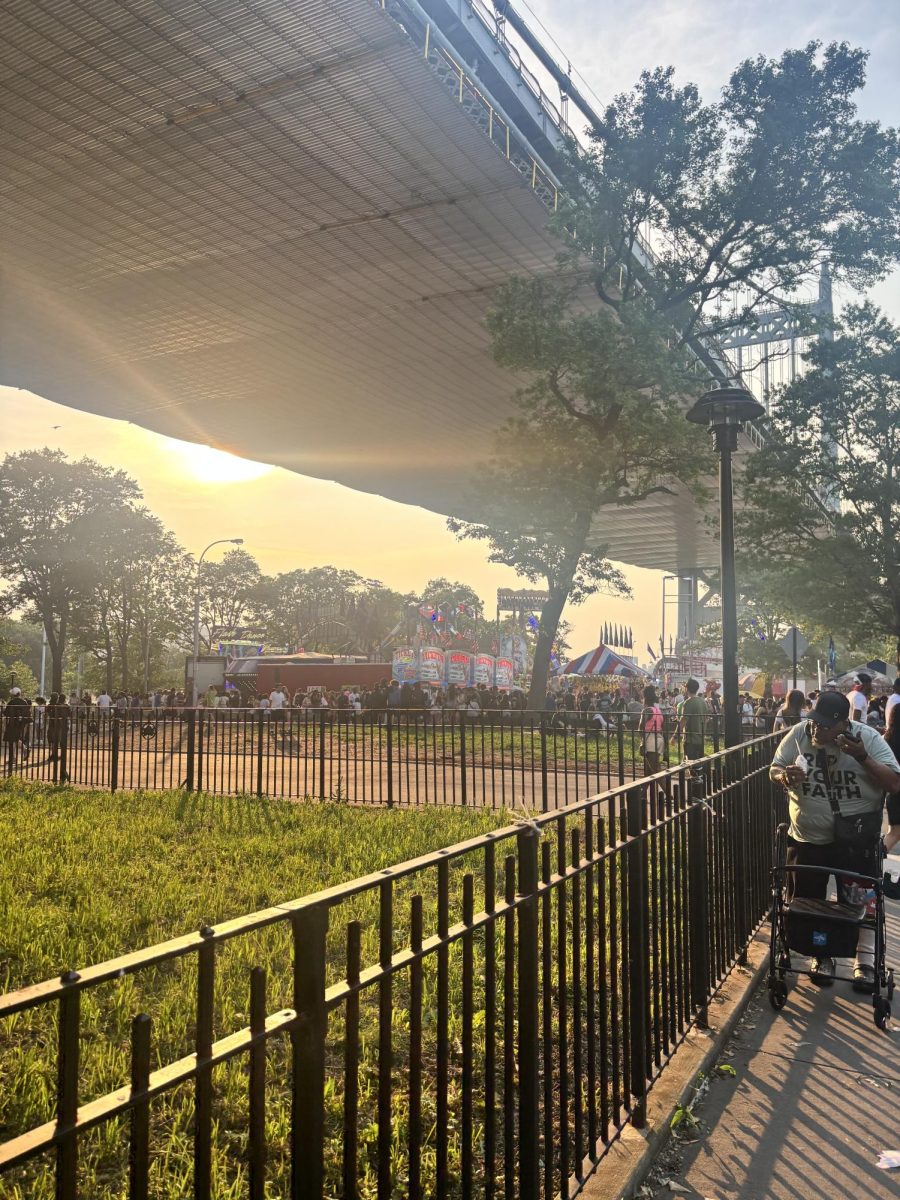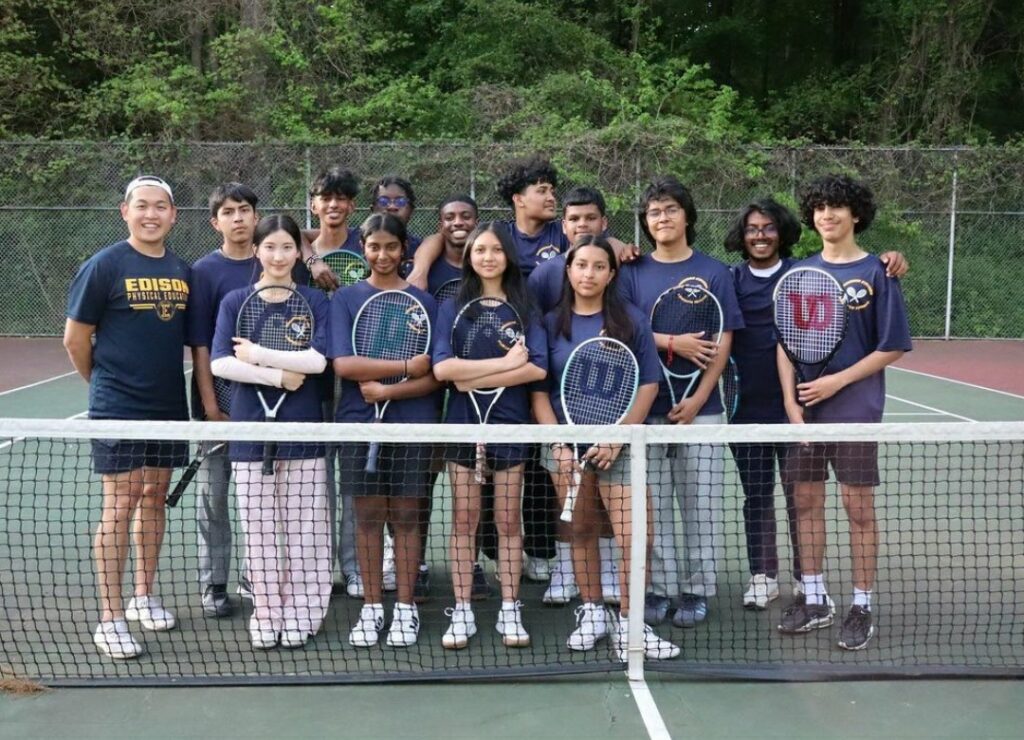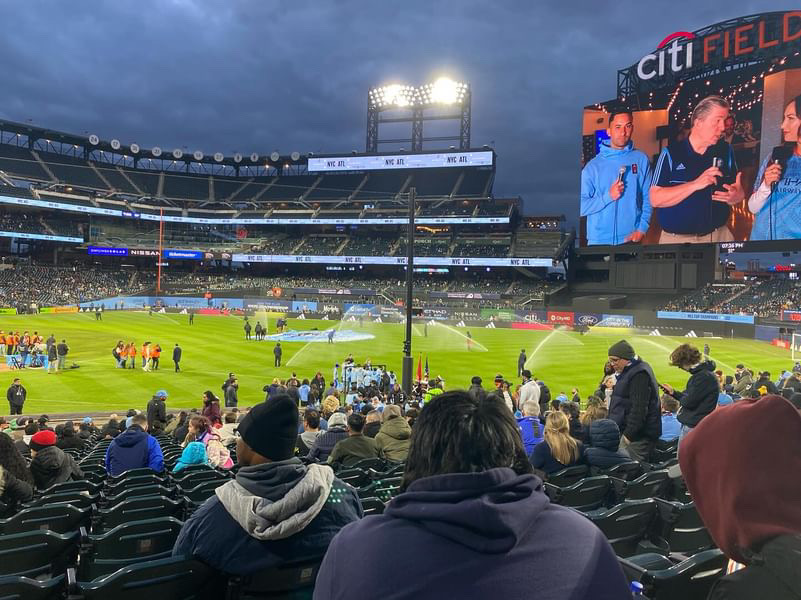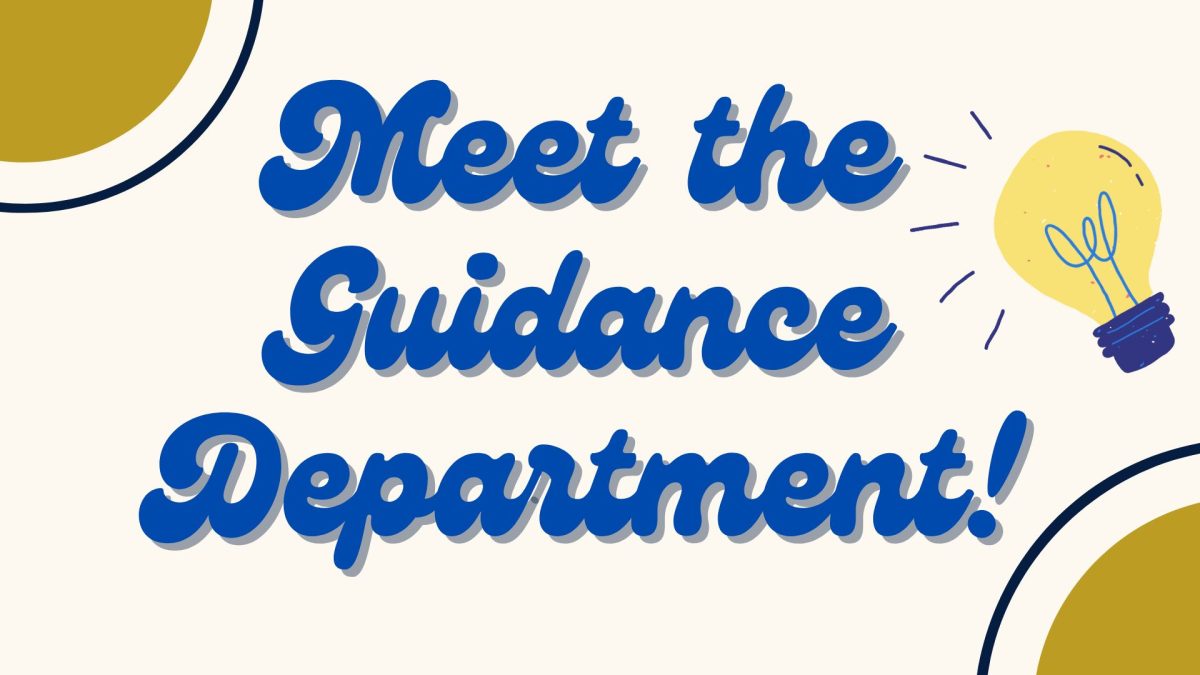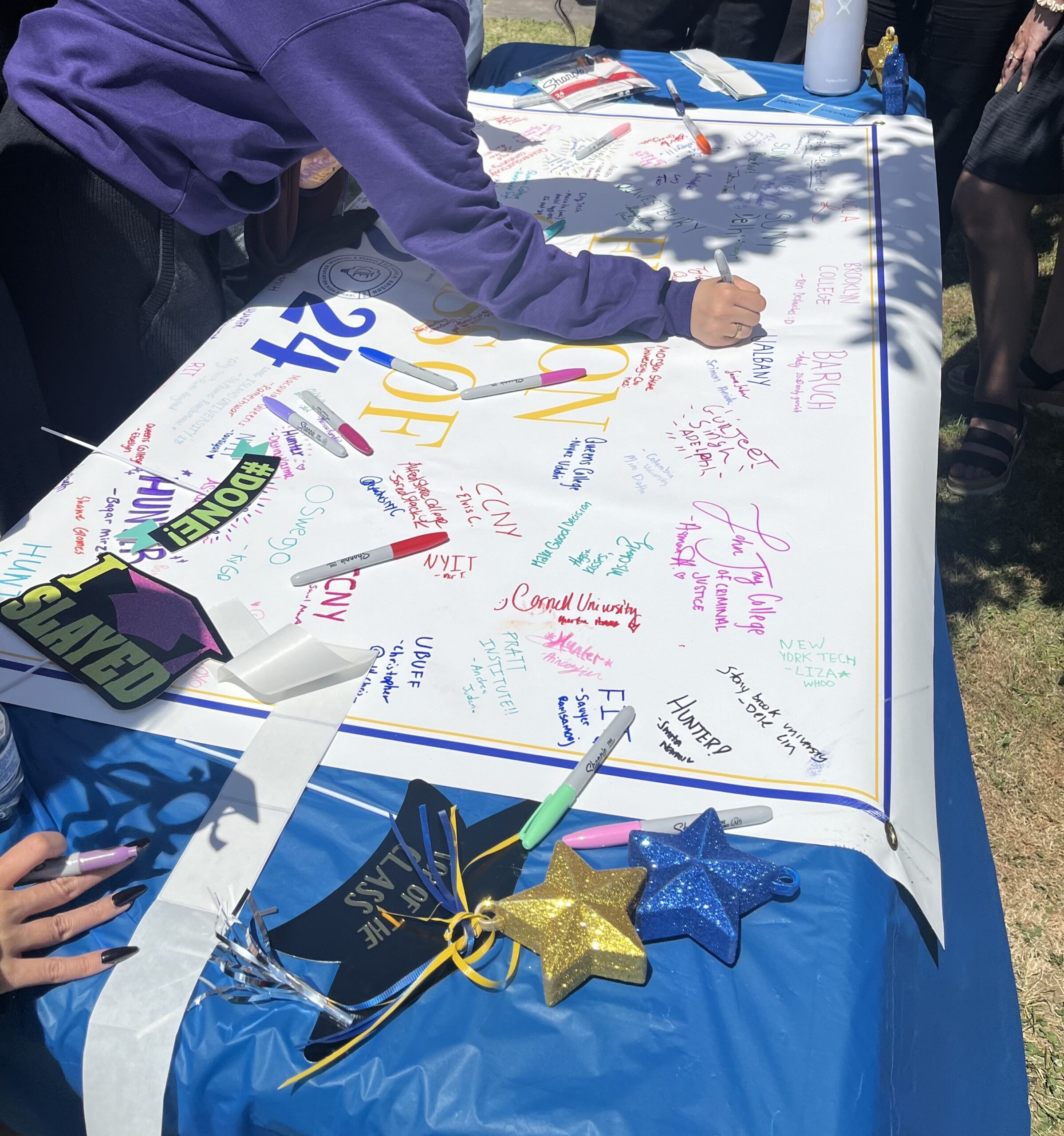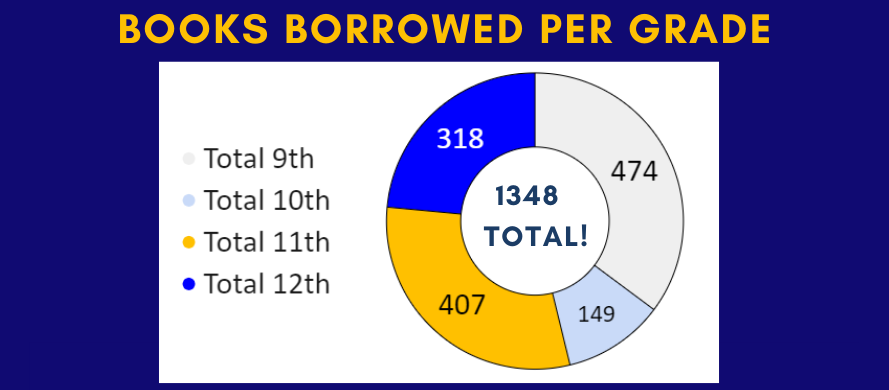May is Mental Health Awareness Month. An issue that needs to be addressed is the negative stigma surrounding mental health in the Black community. The root of this stigma can be traced back to slavery, when most people thought that slaves did not have the ability to develop mental health disorders. This thought has been adopted and passed on from generation to generation in the black community. It has also conditioned beliefs that mental illness is a sign of personal weakness. Mental health of Black teenagers in America has been predominantly affected by their personal experiences of oppression, violence, police brutality, and institutional and individual racism. These experiences develop mistrust, which is attributed to limited access to healthcare regarding mental wellness.
A huge factor that contributes to the negative stigma around mental health is the limited number of healthcare providers. African American providers are known to give more effective care to people seeking mental help in Black communities. However, they make up a very small percentage of the network of psychological health providers.

Mental health amongst Black teens continues to dwindle in today’s society, forcing some of them to turn to suicide, the second leading cause of death among Black teenagers. Schools in America need to acknowledge the fact that their students have faced a different kind of trauma since the beginning of the COVID-19 pandemic. This includes the murder of George Floyd, the shooting of Armaud Arbery and Breonna Taylor, and the protests that erupted globally following them.
Many factors serve as barriers that keep black students from reaching out for mental health help. A huge factor is that they do not have someone they can talk to that looks like them or shares their experiences. The commonality of race amongst counselors and students could help strengthen the trust between both parties, therefore encouraging a student to feel comfortable enough to ask for mental health help when needed.
“I think because of how I identify as far as race, it is very easy for a lot of students to relate to me. I think based on my age, how I dress, how I talk and carry myself, they find a comfort level in relaying information to me, “said Mr. Omezie Omeokwe, a guidance counselor at Thomas A. Edison CTE High School. “Students are always looking to connect by seeing someone that looks like them. It makes it easier.” Mr. Omeokwe continued, sharing how the commonality of race and experiences plays a role in the relationship he has with students at the school.
Here at Thomas A. Edison CTE High Schools, there are multiple resources available to students of color who are struggling with mental wellness. There are clubs such as My Brothers Keeper, a club run by Mr. Omeokwe that brings together a group of men at TAEHS to belong to a community outside of the four walls of a classroom. Another club available is Chattering Chicks. This club allows many women at TAEHS to gather and discuss pressing issues that could be personal or external.
Outside of the Edison School building, there are resources such as NYC Well, this provides access to free, confidential mental health support and you can call, text, or chat 24/7 for mental health and substance abuse services.
Mental health is no joke and should not be taken lightly amongst black students. Schools need to provide resources geared specifically towards black students to help them grow and thrive mentally.

